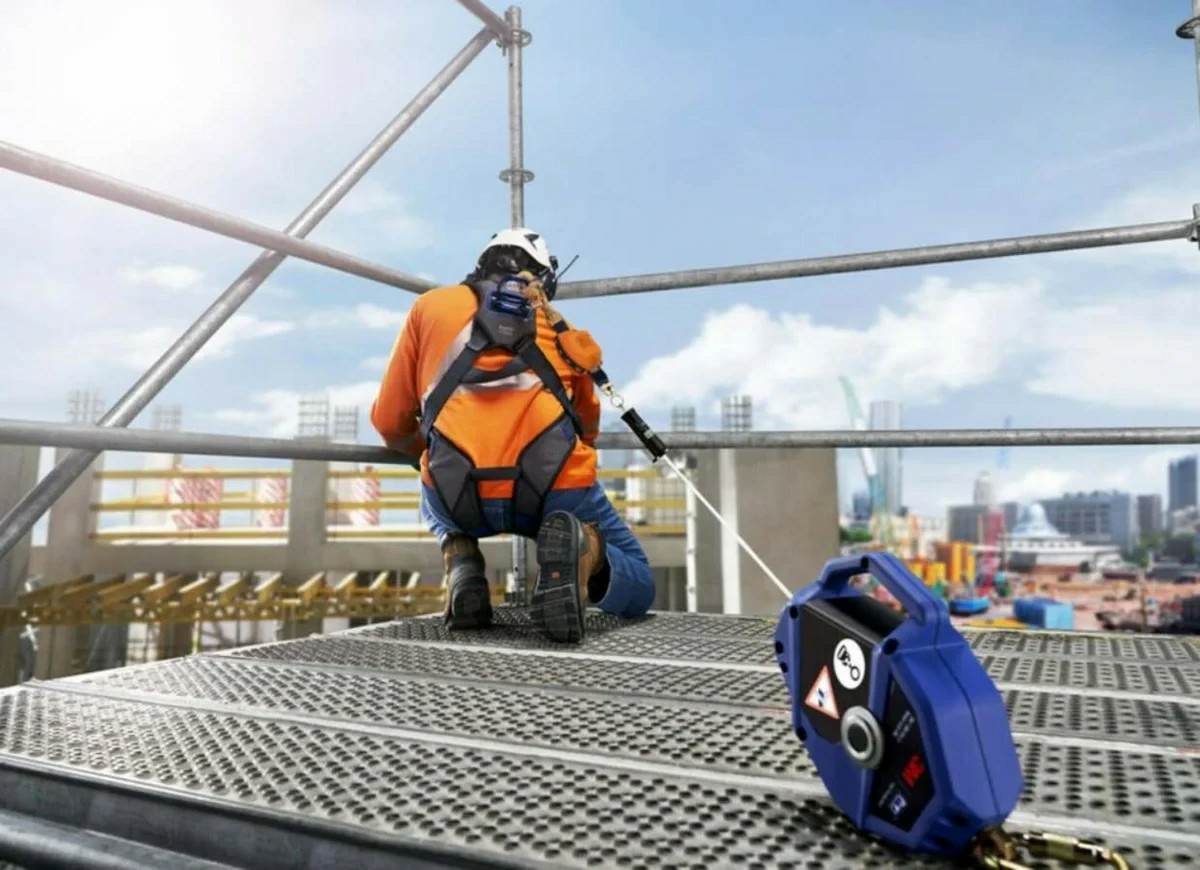


 349,500 Offered Certificates
349,500 Offered Certificates
 24/7 Online Training
24/7 Online Training
 Money Back Guarantee
Money Back Guarantee
 Fully Accredited Courses
Fully Accredited Courses

Created at: 22-02-2025 17:47
Working at height is a critical aspect of many industries, from construction to maintenance. However, it inherently carries significant risks that can lead to severe injuries or fatalities. That’s why Working at Heights training is essential.
The term 'working at heights' refers to any work that occurs at an elevation where a person could potentially fall. This includes tasks conducted on rooftops, ladders, scaffolding, and platforms. In this section, we will identify key safety risks that come with working at heights.
Working at Heights training equips individuals with the knowledge and skills necessary to identify risks and mitigate potential hazards. By participating in a Working at Heights course, employees learn about the proper use of fall protection systems and safety equipment.
Employers must implement effective fall protection systems to safeguard their workers. Notable systems include:
An essential component of working at heights safety is having an effective emergency response plan. This involves training workers on how to react in the event of a fall or accident, ensuring that quick assistance can be provided.
To substantiate the importance of certified Working at Heights training, let’s look at a couple of real-world case studies where proper training has made a critical difference.
On a construction site in Dublin, a team was tasked with roofing installation. Due to adverse weather conditions, the site manager mandated a training refreshment for all workers. During this session, employees learned about adjusting their work habits to account for the wet conditions. As a result, workers implemented safety harnesses, and no falls were reported despite the tricky weather.
A maintenance crew working on communication towers in Galway underwent intensive Working at Heights certification. They learned not only about fall protection systems but also about proper equipment checks. When one of the crew members discovered a crack in the climbing gear, they immediately reported it, preventing a potential accident.
Investing time in Working at Heights training ensures that employees are well equipped to work safely and effectively. To thrive in a safe working environment, consider enrolling in a Working at Heights Course Online or attend a Working at Heights Safety Course in your area.
For more information and to sign up for a Working at Heights Certification Ireland, visit here or contact us at [email protected].